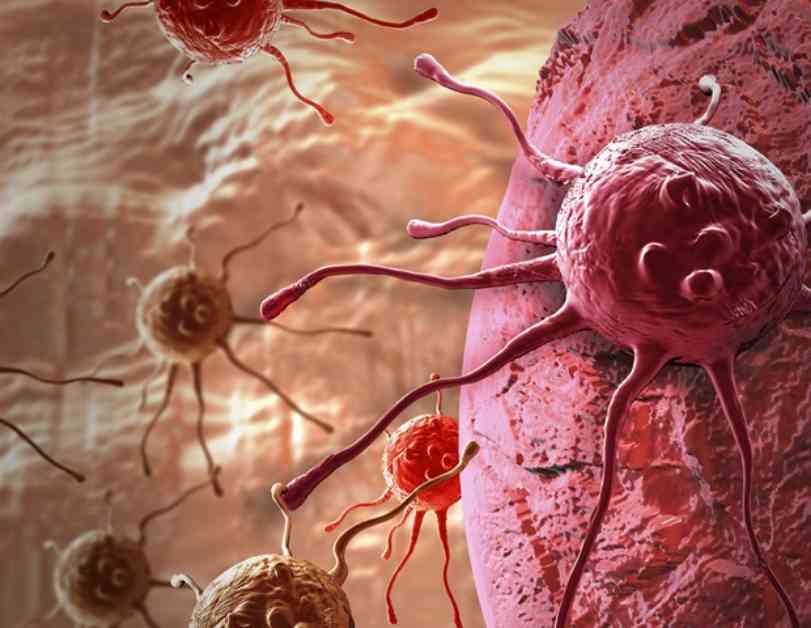Antibody-drug conjugates (ADCs) have become a game-changer in the field of cancer treatment. They offer a unique approach that combines the precision of monoclonal antibodies with the effectiveness of cytotoxic drugs. Over the years, there have been significant advancements in ADC technology, from the initial approval and subsequent withdrawal of first-generation Mylotarg to the development of more stable and potent second- and third-generation ADCs. Currently, regulatory agencies worldwide have approved fifteen ADCs, with many more in different stages of clinical trials, indicating the rapid progress in this area.
One of the most recent breakthroughs in ADC technology is the development of bispecific ADCs. These innovative constructs utilize bispecific antibodies that can target two different antigens, enhancing the specificity and reducing off-target toxicity of ADCs. Bispecific ADCs have shown great potential in overcoming drug resistance, improving internalization rates, and enhancing the safety profile of these therapies.
The mechanism of action of bispecific ADCs involves binding to multiple antigens, which leads to receptor clustering, internalization, and the release of cytotoxic payloads inside tumor cells, ultimately causing cell death. This dual-targeting approach can also trigger a bystander effect, where neighboring tumor cells are affected by the released payload.
Several bispecific ADCs are currently in clinical development, targeting a variety of cancers with different antibody designs, linkers, and payloads. For example, BL-B01D1 targets EGFR and HER3 and has shown promising results in phase I clinical trials for non-small cell lung cancer patients who are resistant to EGFR TKIs. Another bispecific ADC, REGN5093-M114, targets cMet and has demonstrated efficacy in preclinical models and is now in clinical trials.
Other bispecific ADCs targeting HER2, MUC1, and EGFR are also showing potential in clinical trials for various cancers. Strategies to improve the efficacy of bispecific ADCs include enhancing internalization, increasing selectivity, and overcoming drug resistance. Ongoing research is focused on optimizing the design of these ADCs by carefully selecting target antigens, linkers, payloads, and conjugation methods to ensure maximum efficacy and safety.
While the future of bispecific ADCs looks promising, challenges remain in balancing effectiveness and safety. Further research is needed to fully unlock the potential of these therapies in cancer treatment. With continued advancements in design strategies and ongoing clinical trials, bispecific ADCs have the potential to revolutionize the field of targeted cancer therapy.

